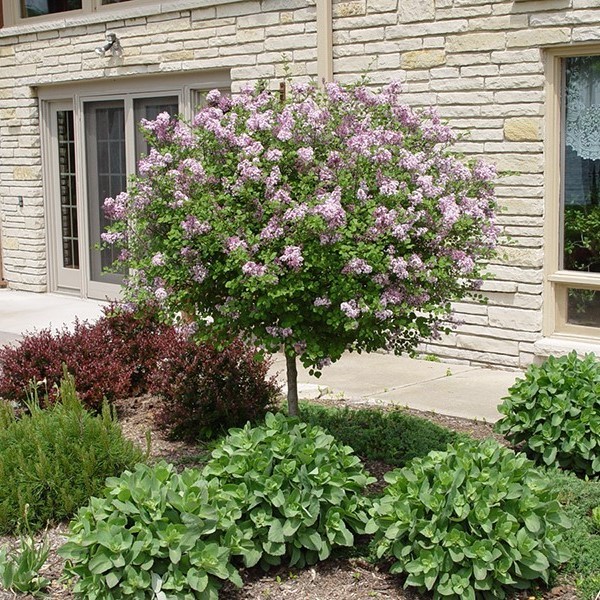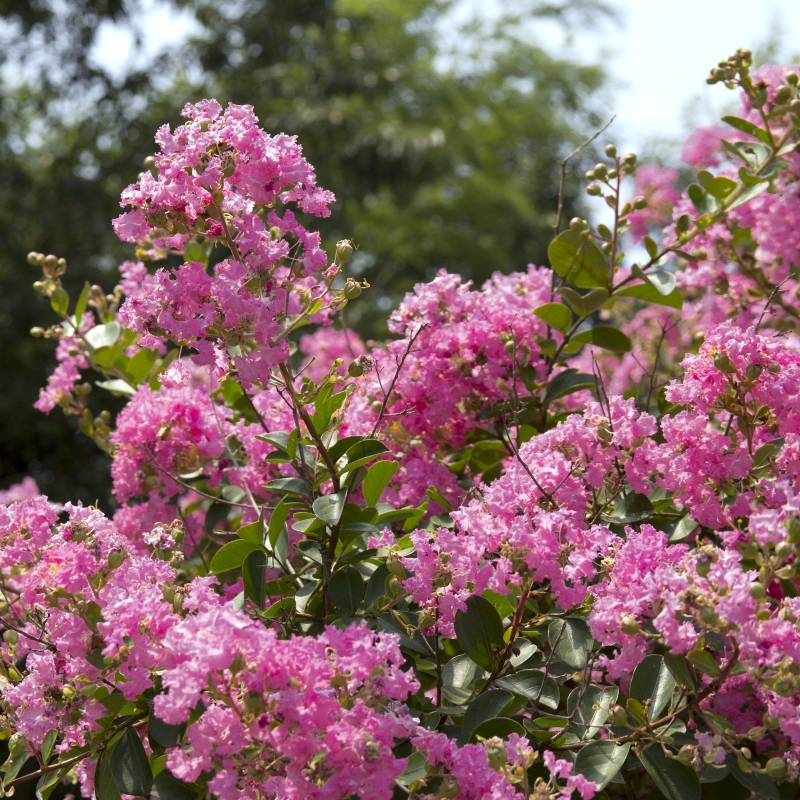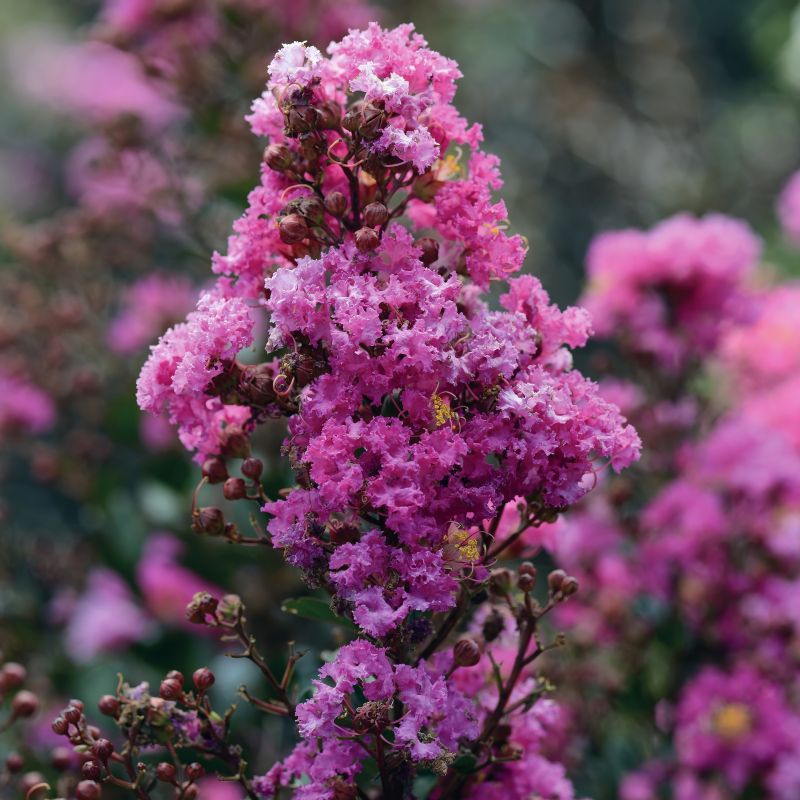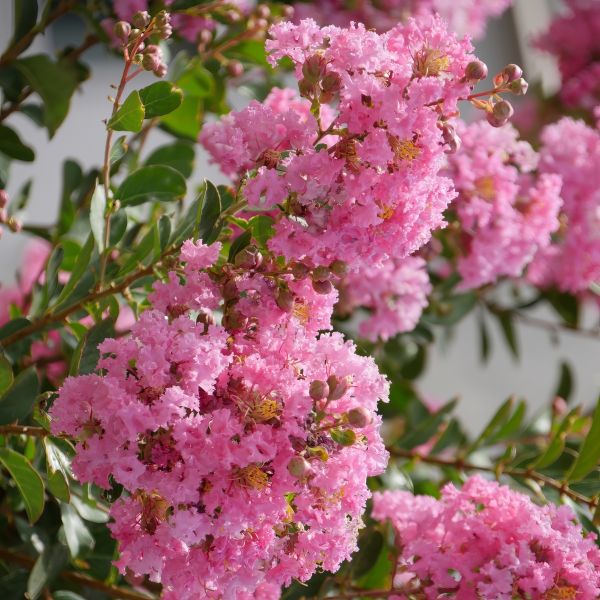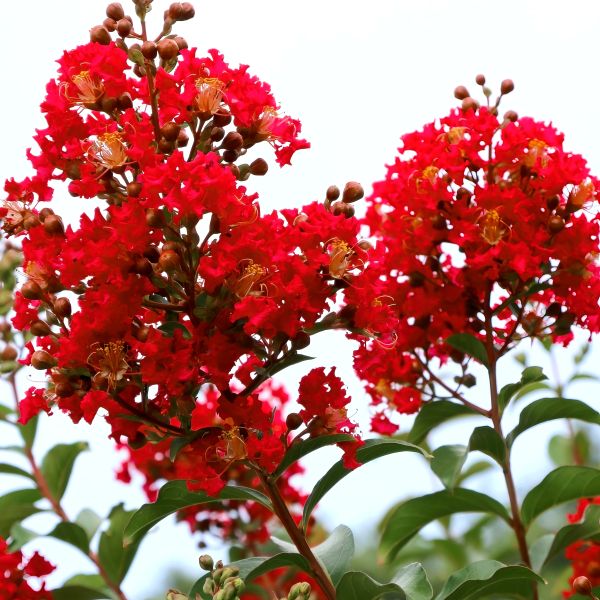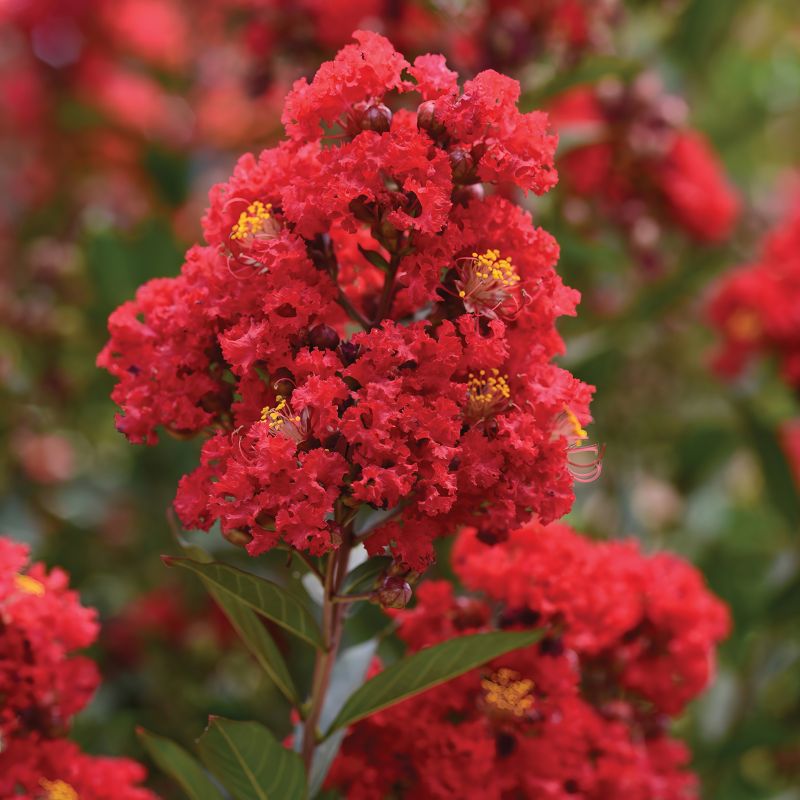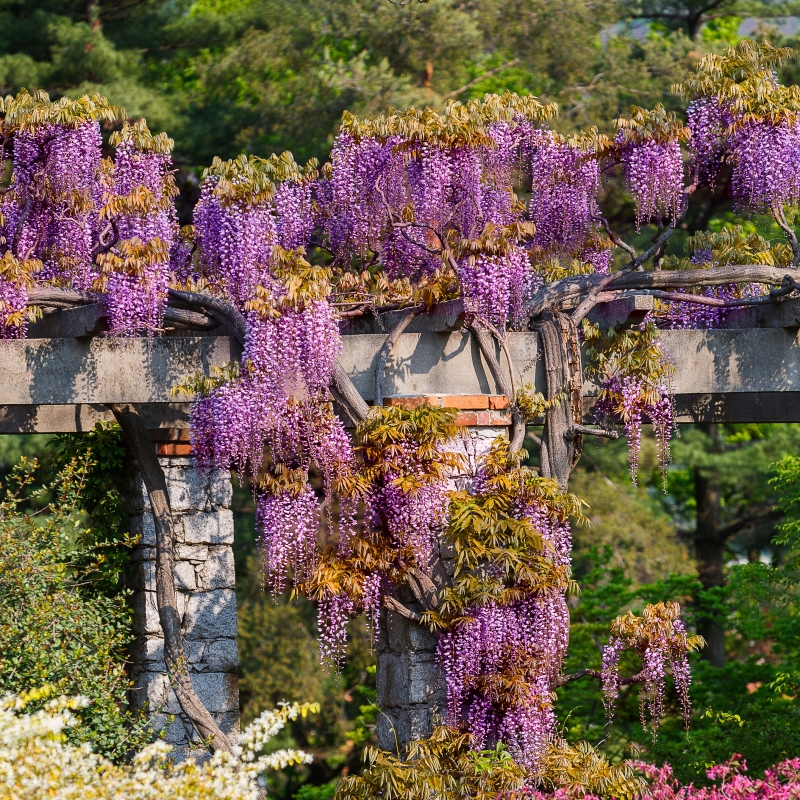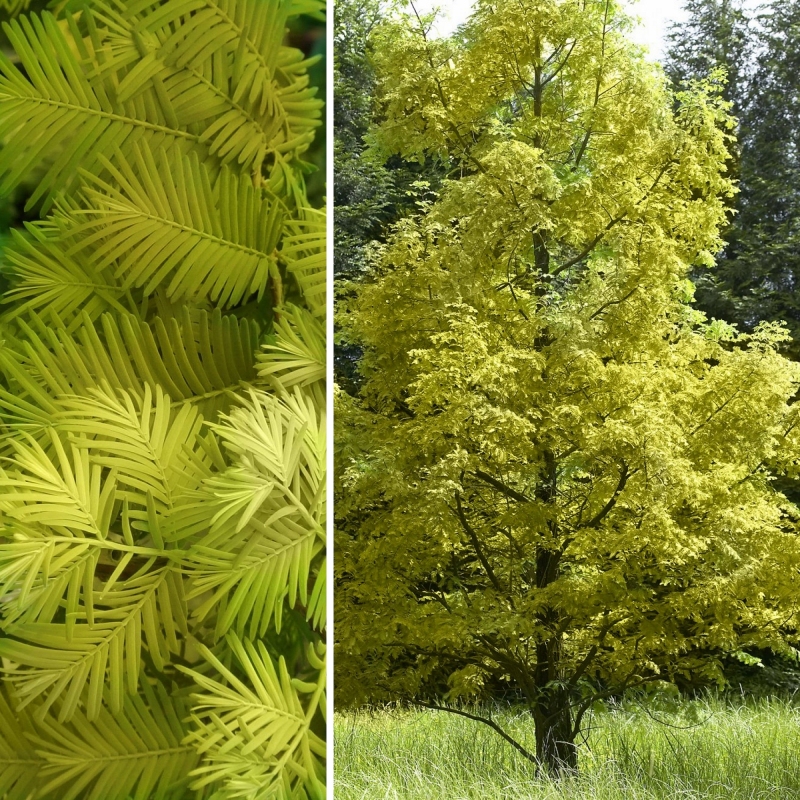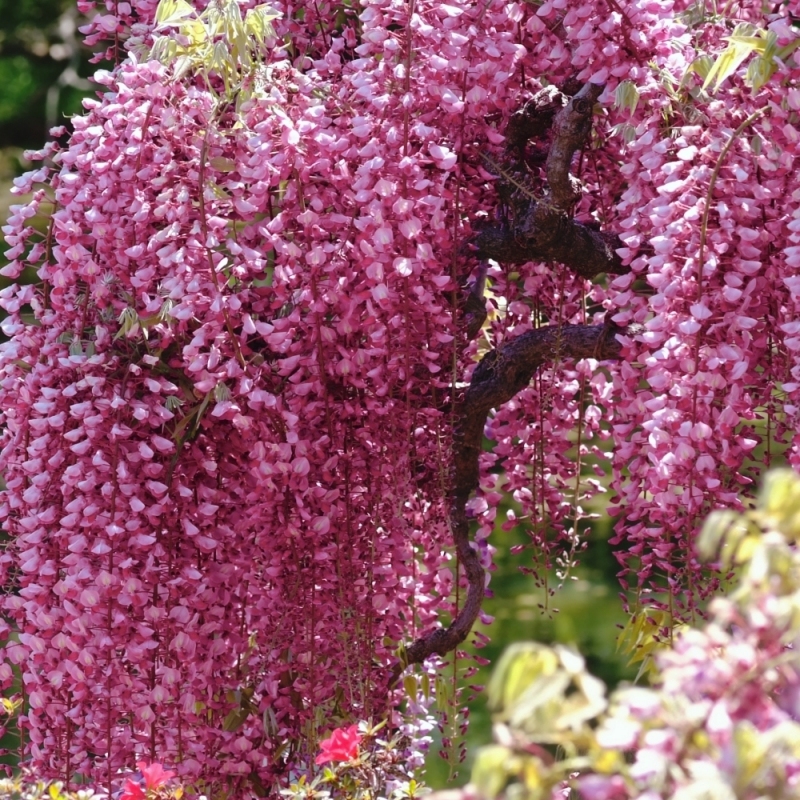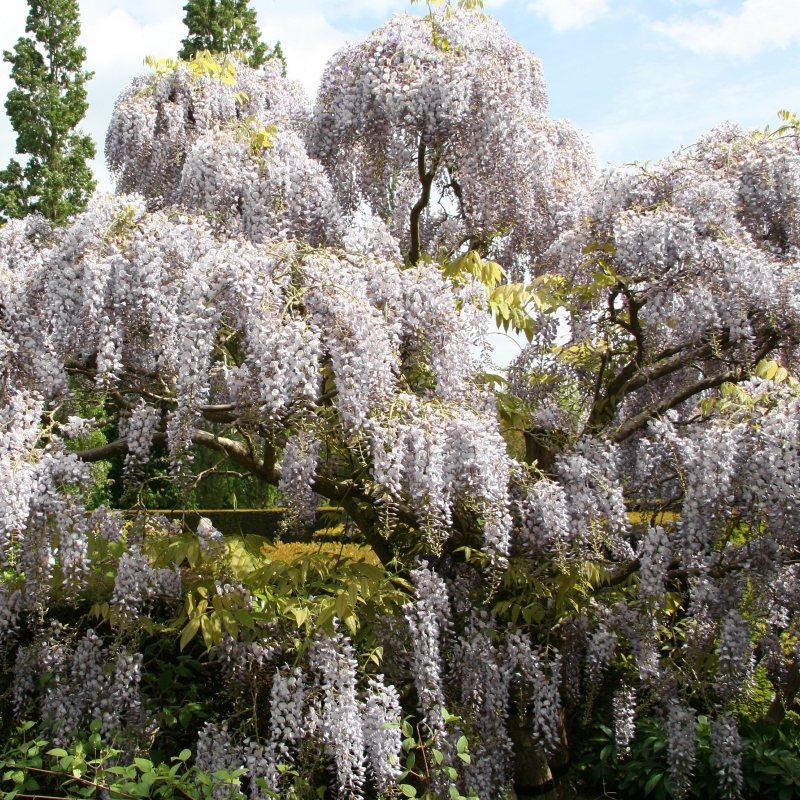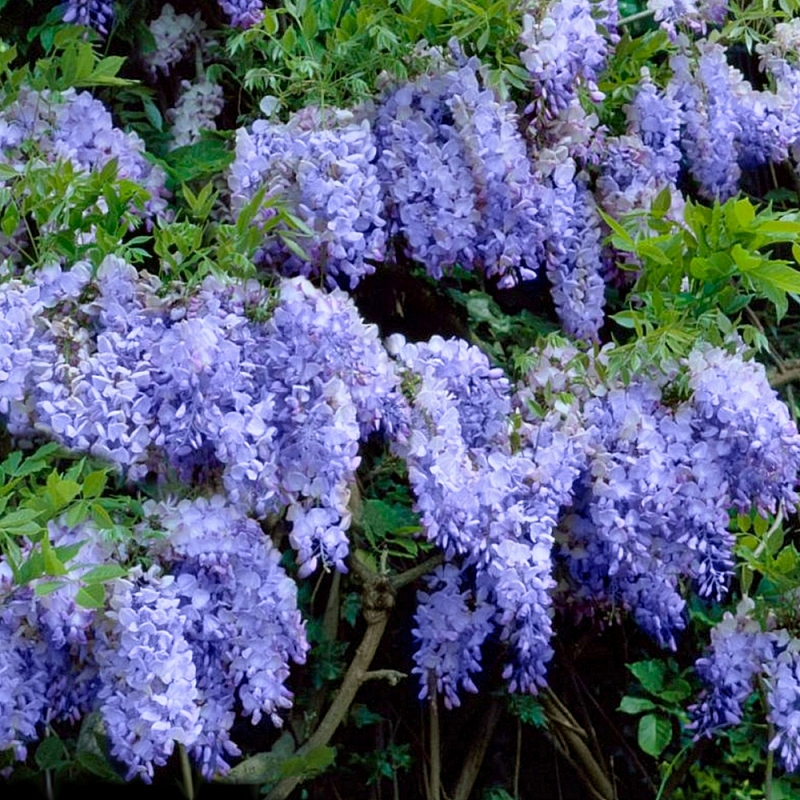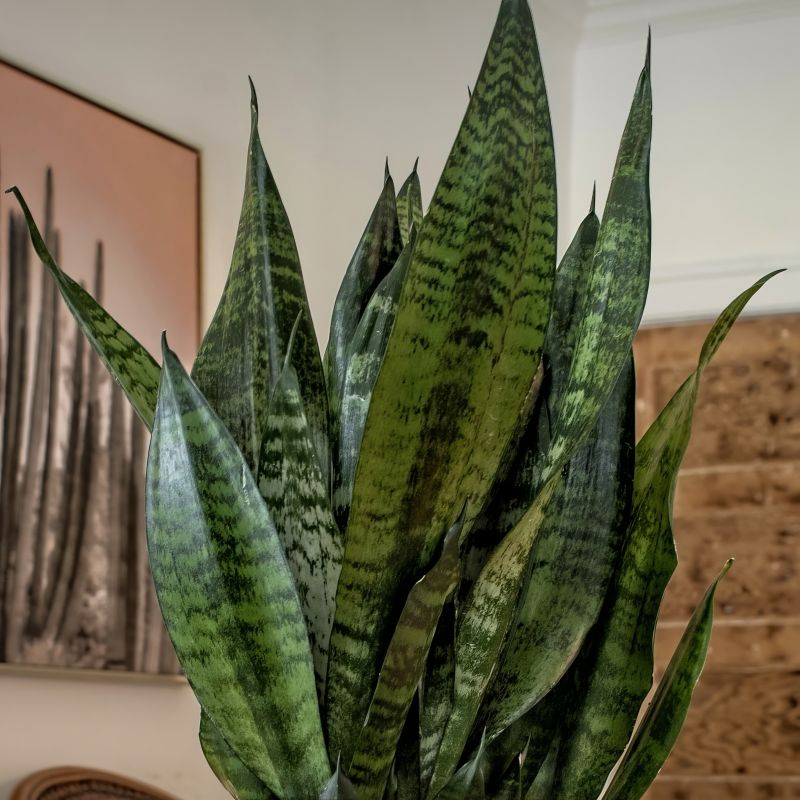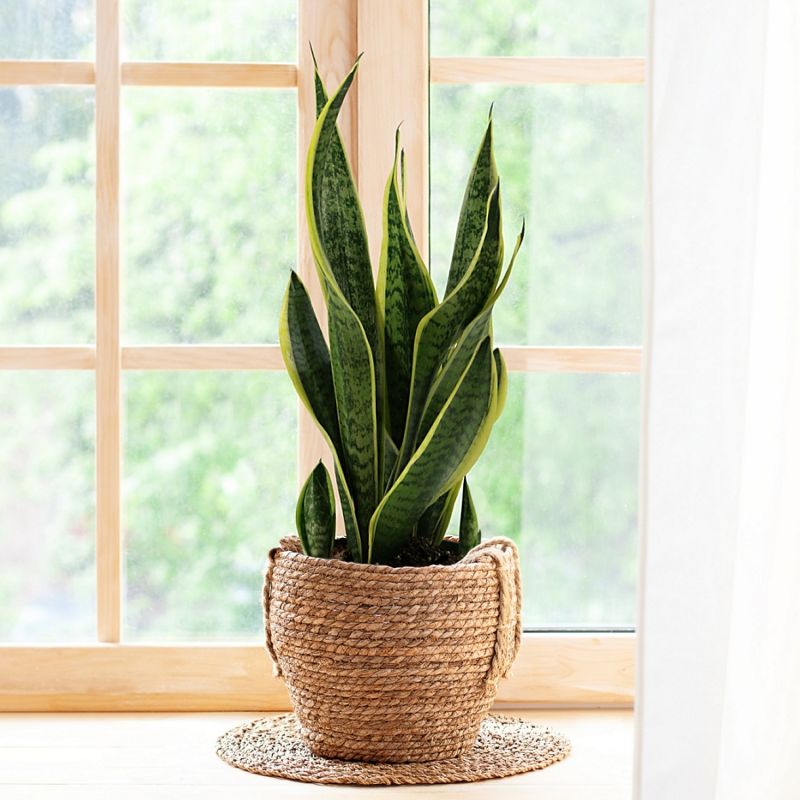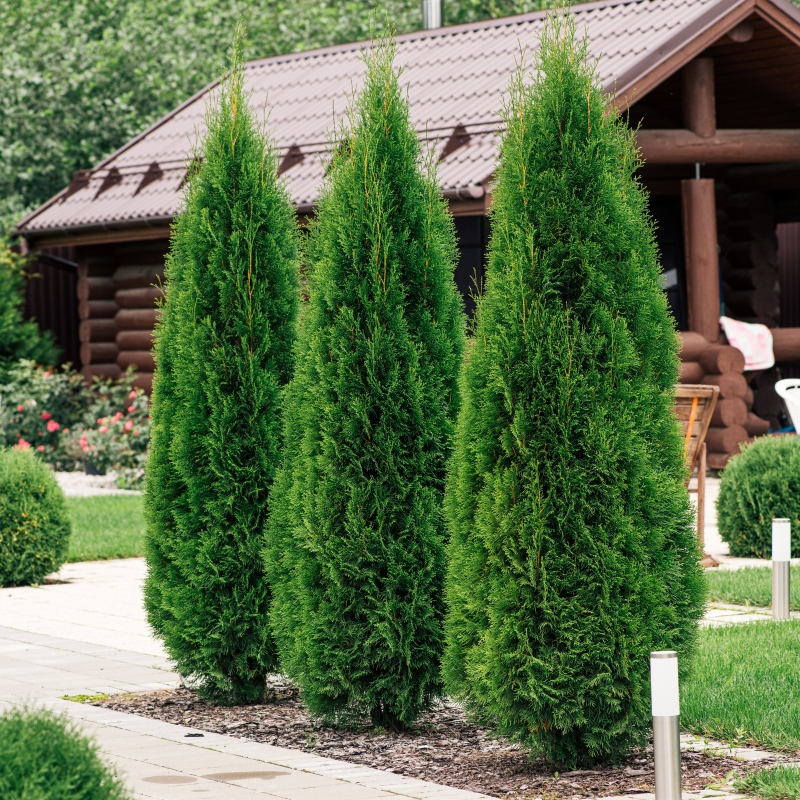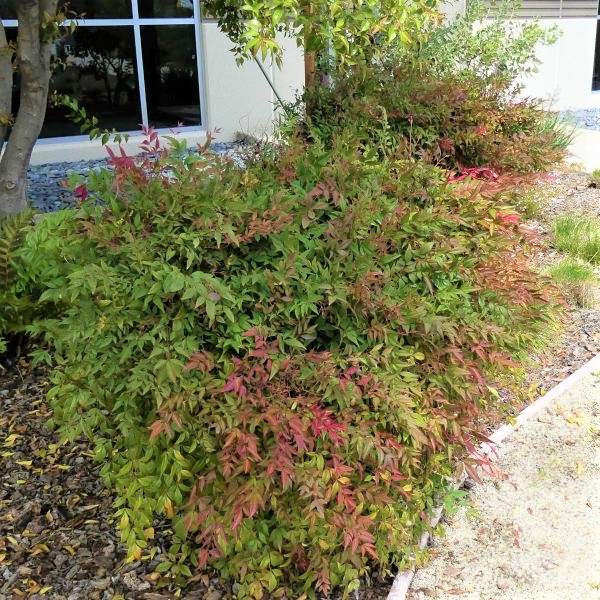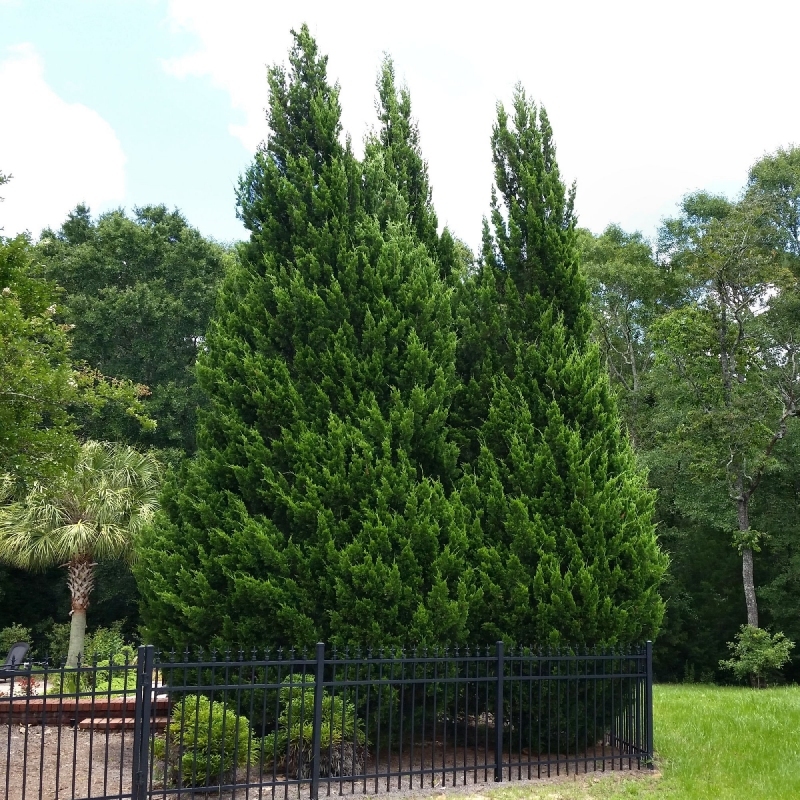

Dwarf Korean Lilac Tree
Syringa 'Palibin'
13 reviews


Dwarf Korean Lilac Tree
Syringa 'Palibin'
13 reviews
$186.00
$266.00
30% Off
2.5 Gallon 3-4 Feet
We are sorry, product is currently out of stock due to seasonal availability. Please check the "Related plants available in your area" section below
Why Dwarf Korean Lilac Tree?
The Dwarf Korean Lilac Tree is a popular choice for gardens and landscaping due to its compact size and fragrant lilac-colored blooms in the spring. This tree can reach a height of up to 8 feet and is relatively low-maintenance, making it perfect for smaller spaces. It is also attractive to pollinators such as bees and butterflies, adding to its appeal for gardeners and nature enthusiasts alike.
Related plants available in your area
Sunlight
Dwarf Korean Lilac Trees thrive in full sun to partial shade, requiring a minimum of six hours of direct sunlight per day.
Watering
The watering requirement for the Dwarf Korean Lilac Tree is moderate, needing regular watering during its first growing season to establish strong roots. Afterward, it is drought-tolerant and only requires occasional watering during extended dry periods.
Fertilizing
Dwarf Korean Lilac trees generally require a balanced fertilizer with a ratio of 10-10-10. Applying the fertilizer in early spring and again in late summer or early fall can help provide the necessary nutrients for optimal growth and blooming.
Beautiful and highly regarded for its fragrant and brilliant flowers, the Dwarf Korean Lilac Tree is a deciduous tree. It's a terrific option for tiny gardens and urban settings thanks to its compact size and colorful and fragrant blooms. The following are some salient facts about this tree:
The Dwarf Korean Lilac Tree is an easy-care tree that just needs occasional trimming. However, make sure to water the tree often, especially in the summer. Fertilizing the tree once yearly in the spring is also recommended for optimal growth.
The best condition for this tree is organically rich, well-drained soil. It does well in both sandy and loamy soils as well as clay. Poor drainage, though, might cause root rot, so it's best to avoid those places when planting.
The Dwarf Korean Lilac Tree is a resilient plant that thrives in various environments. It thrives in USDA hardiness zones 3-7, which encompass the vast majority of the United States. This tree does better in full sun than in part shade, but it will still grow in some shade.
The Dwarf Korean Lilac Tree is an attractive tree that may be used to enhance the visual appeal and aromatic quality of any garden. The springtime emergence of its fragrant, lavender-pink blossoms is a sight to behold. The small stature and rounded shape of this tree make it a fantastic option for a focal point or specimen in a garden border. The Dwarf Korean Lilac Tree, in general, is a lovely and useful addition to any garden.
Plant Information:
| Botanical Name: | Syringa 'Palibin' |
| USDA Zones: | 3-7 |
| Water: | Moderate |
| Exposure: | Full Sun |
| Soil Needs: | Widely Adaptable |
| Mature Height: | 5 - 6 feet |
| Mature Spread: | 5 - 6 feet |

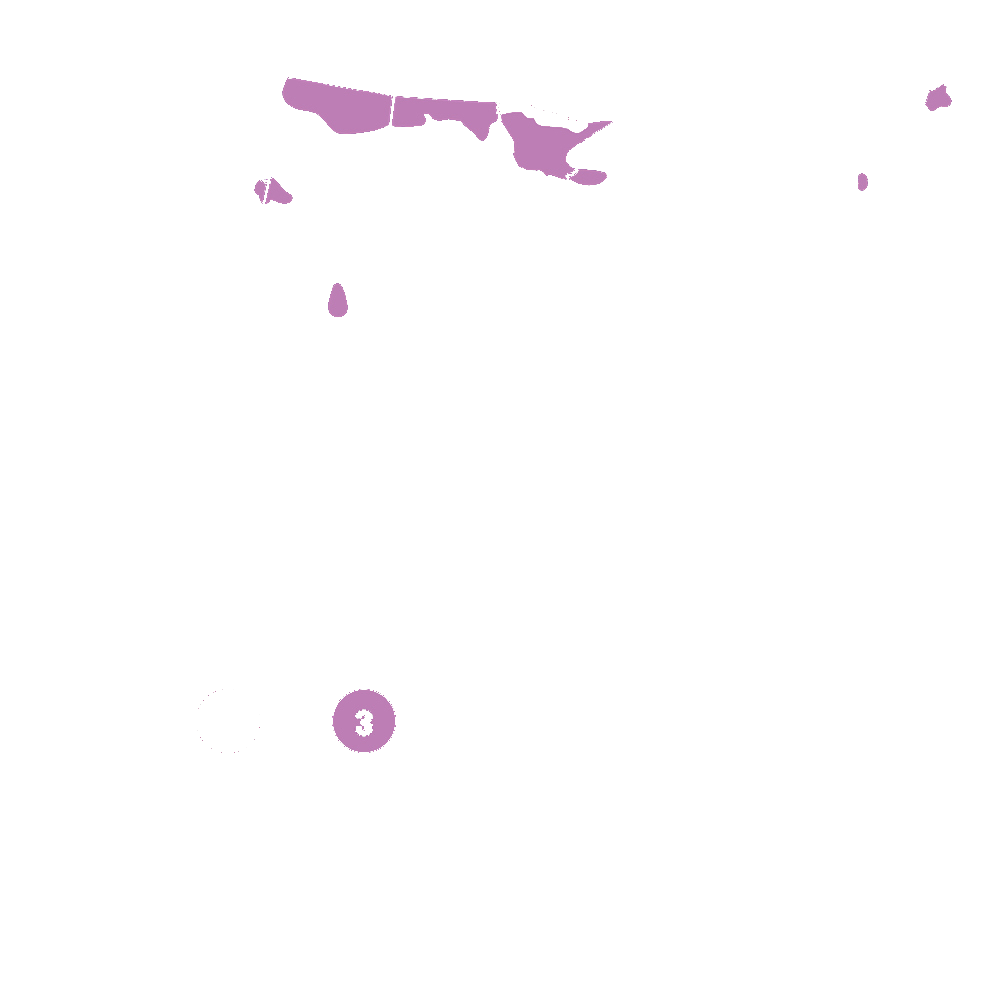




Pollination Info
Pollination of Dwarf Korean Lilac Tree (Syringa 'Palibin')
The Dwarf Korean Lilac Tree (Syringa 'Palibin') is a beautiful ornamental tree that requires pollination for fruit and seed production. However, the blooms of this species are primarily ornamental in nature and do not produce significant amounts of fruit.
Insects, particularly bees and butterflies, are attracted to the fragrant blooms of the Dwarf Korean Lilac Tree and are responsible for pollinating the flowers. The flowers are loaded with nectar and pollen, providing an abundant food source for these pollinators.
The Dwarf Korean Lilac Tree is self-fertile, meaning that it has both male and female reproductive structures on the same tree, allowing the tree to produce seeds without the need for cross-pollination with another tree of the same species. However, cross-pollination with another tree can increase the genetic diversity of the seeds produced, resulting in potentially more vigorous seedlings.
If planting multiple Dwarf Korean Lilac Trees, it is best to plant them at a distance of at least 10 feet apart to ensure that cross-pollination can occur.
FAQ
Dwarf Korean Lilac Tree (Syringa 'Palibin') - FAQ
What is a Dwarf Korean Lilac Tree?
A Dwarf Korean Lilac Tree (Syringa 'Palibin') is a small deciduous tree in the olive family. It is a popular ornamental plant grown for its fragrant and colorful flowers, which bloom in spring and early summer.
What are the characteristics of a Dwarf Korean Lilac Tree?
A Dwarf Korean Lilac Tree typically grows up to six feet in height and spread, making it an ideal plant for small gardens, patios, or as a hedge. It has dark green leaves that turn yellow in the fall. In spring, it produces clusters of fragrant, lavender-pink flowers that are about half an inch wide. The bark is gray and smooth.
How do I plant a Dwarf Korean Lilac Tree?
You can plant a Dwarf Korean Lilac Tree in the fall or spring. Select a sunny or partially shaded location, with well-draining soil. Dig a hole that is larger than the plant's container, and amend the soil with compost or other organic matter. Place the plant in the hole, making sure it is at the same depth as it was in the container. Fill in the hole with soil, and water well.
How often should I water my Dwarf Korean Lilac Tree?
A Dwarf Korean Lilac Tree needs regular watering, especially during periods of drought. Water deeply once or twice a week, depending on the weather and soil conditions. Be careful not to overwater, which can lead to root rot.
How do I prune my Dwarf Korean Lilac Tree?
You can prune a Dwarf Korean Lilac Tree after its flowers have faded, in early summer. Remove any dead or damaged wood, and shape the tree as desired. Avoid pruning more than one-third of the plant's height or width in a single season.
How do I fertilize my Dwarf Korean Lilac Tree?
You can fertilize a Dwarf Korean Lilac Tree in spring, before new growth begins, and again in early summer. Use a balanced fertilizer, such as a 10-10-10 or 20-20-20 formula, according to package instructions. Avoid fertilizing in late summer or fall, as this can encourage new growth that may not have time to harden off before winter.
What are some common pests or diseases of Dwarf Korean Lilac Trees?
Dwarf Korean Lilac Trees are generally hardy and resistant to most pests and diseases. However, they can be susceptible to fungal diseases such as powdery mildew and leaf blight, especially in humid or wet weather. To prevent these diseases, avoid overhead watering, and prune the tree to improve air circulation. Insect pests, such as aphids and scale, can also be a problem, but can be controlled with insecticidal soap or horticultural oil.
Planting & Care
Planting and Care for Dwarf Korean Lilac Tree (Syringa 'Palibin')
Planting
- Choose a planting location with well-draining soil and full sun exposure.
- Dig a hole that is twice as wide and deep as the root ball.
- Place the plant in the hole and backfill with soil, making sure the top of the root ball is level with the ground.
- Water thoroughly and apply a layer of mulch around the base of the plant to help retain moisture.
Care
- Water the plant regularly, especially during hot, dry periods.
- Fertilize with a balanced fertilizer in early spring and again in mid-summer.
- Prune in early spring to maintain shape and encourage new growth.
- Monitor for pests and disease and treat promptly if necessary.
Tips
- Deadhead spent blossoms throughout the blooming season to encourage continued flowering.
- Avoid pruning in late summer or fall, as this can remove next season's flower buds.
- Consider planting in a group or as a hedge for maximum impact.
- Enjoy the beautiful blooms and fragrant scent of the Dwarf Korean Lilac Tree!
Check Out These Verified Customer Reviews:
Customer Reviews
4.7 out of 5 based on 13 reviews
Thank you! Your review has been submitted.
The Dwarf Korean Lilac Tree arrived in perfect condition and is absolutely stunning! The tree looks healthy and vibrant. I'm very pleased with the website experience and quick shipment.
I ordered the Dwarf Korean Lilac Tree and it exceeded my expectations. The tree arrived well-packaged and in great condition. The website was easy to navigate and the customer service was helpful.
The website was easy to navigate and the checkout process was smooth.
Item has been added to your cart.



